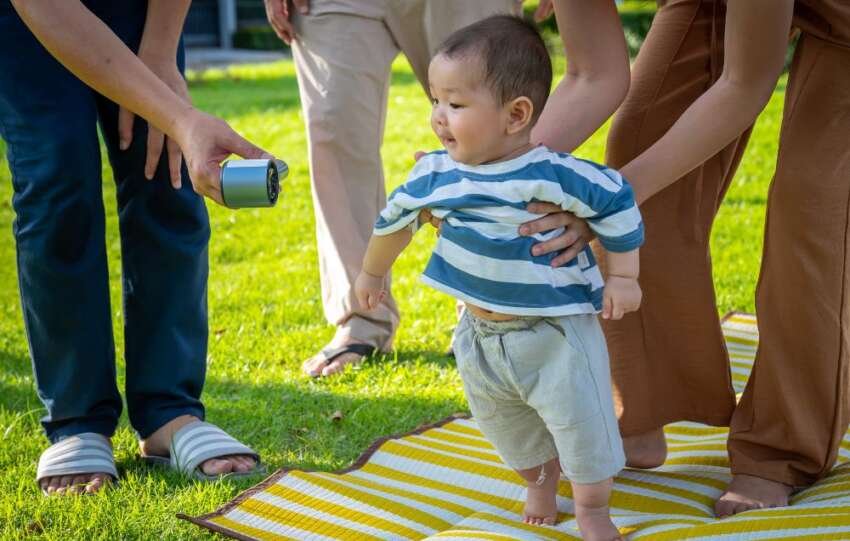The moment a child begins potty training is the moment that they start becoming aware of themselves and wanting to do things for themselves! Encouraging Healthy Bathroom Habits: Developing good bathroom habits will help your child become aware of their bodily functions and maintain a healthy bowel routine. Toilet training also gives children confidence, increasing their willingness to take on new challenges. Correct, but as a parent, one must approach the potty training process very carefully and patiently.
Building Healthy Bathroom Habits in Young Children
While it’s important to know what you should do when potty training your child, it’s equally important to understand the things you should avoid altogether. For instance, some parents think that leaving their kid to sit in their dirty diapers will discourage them from soiling themselves. This is a terrible idea as it can result in health problems like urinary tract infections, which are one of the most common causes of cloudy urine. This also drastically increases the risk of yeast infections and diaper rash. While it can be frustrating to potty train your little one, punishment is not an option. Here are a few ways to build healthy bathroom habits in young children
Focus on Consistency
Consistency is key to potty training. Inconsistent messages — for instance, alternating between using the toilet and relying on diapers — can send mixed signals to a toddler. Direct your consistent messages: Something along the lines of “No more diapers, pee and poop goes in the potty now,” will help your child understand what is expected. It’s a lengthy process that requires a significant amount of commitment and follow-through. When you falter, time and temptation spring forth
Model Bathroom Behavior
Toddlers learn best by watching and imitating you. You can model bathroom behavior along with narrating each step. You can also have your child sit on their potty seat while you are using the toilet and establish this as part of your morning routine. For the most part, potty training a boy is very similar to potty training a girl – the only difference is if you potty train standing, which can cause a slight delay since it takes practice.
Try the Bare-Bottom Approach
A handy and frequently mentioned approach is the bare-bottom system. Let your child play sans pants or underwear in a play area you can easily clean. Place the potty in this location and have them try to use it as soon as they feel the urge, as this helps develop a sense of direct bodily cues. Positive reinforcement, such as verbal praise, is a great way to reward successful potty trips
Stay Calm
Toilet training doesn’t happen overnight. There will be regressions, refusals, and hard days. Avoid reacting with frustration, as this will make your child feel confused and ashamed. If you are running late for something and your child has an accident, take a few moments to center yourself so that you can stay calm. Do not scold your child, and if they are upset, take the time to reassure them and remind them gently to use the toilet the next time.
Prioritize Readiness over Rushing
Some of the biggest mistakes people make are waiting too long to start toilet training due to the “little one is not ready” excuse. In reality, potty training is a skill to be learned, and few children will appear fully ready for it. You shouldn’t try to force it, of course, but you can build some pre-potty skills to help prepare your little one for the big leap. Say, for example, you can begin saying pee and poop so they know that these are standard parts of life. You might also watch episodes of shows with that theme, such as Daniel Tiger or Sesame Street, to help prepare them for potty training.


